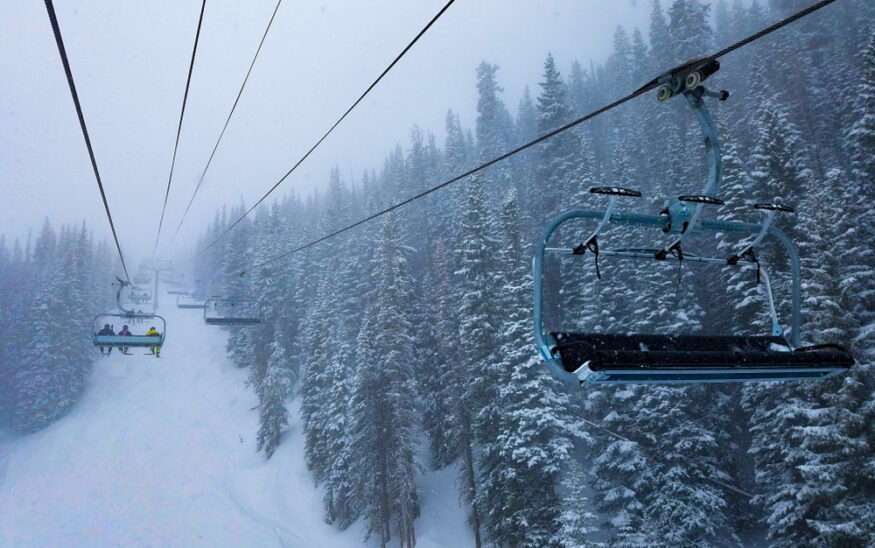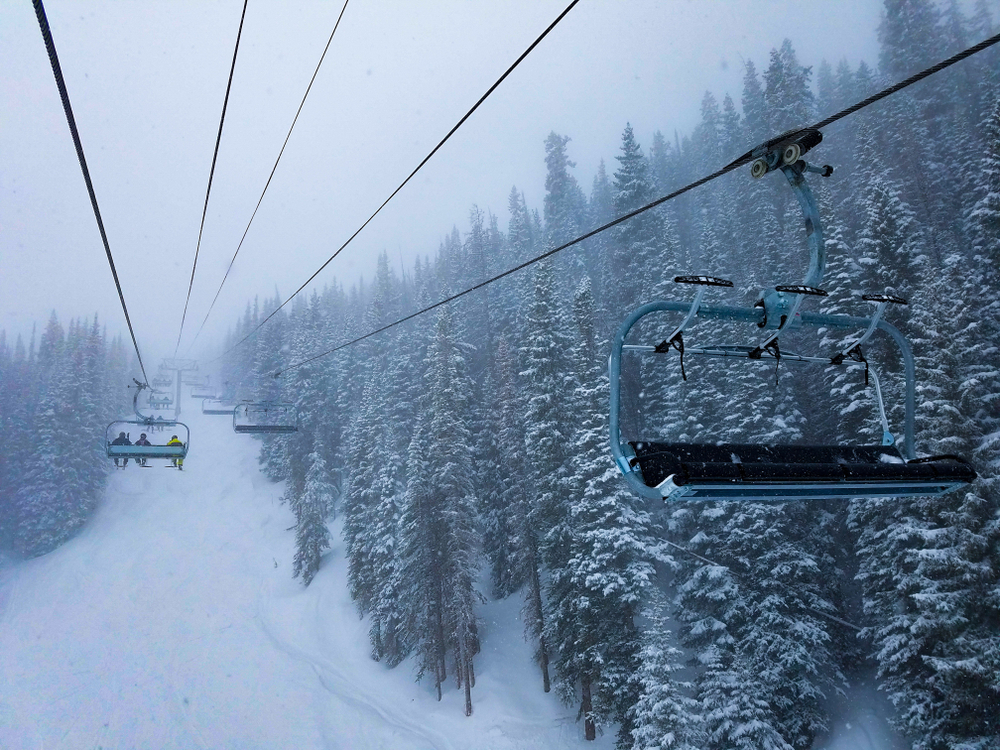Will Vail Revenue Drop Affect Real Estate?
What the decline means for mountain home owners
Glen Weinberg //February 7, 2019//


Will Vail Revenue Drop Affect Real Estate?
What the decline means for mountain home owners
Glen Weinberg //February 7, 2019//

The revenue of Vail Resorts, the owner of Breckenridge, Vail, Keystone and Crested Butte in Colorado, has fallen 39 percent from its peak and recently fell nearly 18 percent in one day. At the same time, lift ticket revenue was up 12 percent and visitation up 17 percent.
Why is revenue declining when this year’s ski season started off so well? What does this mean for real estate in Vail-owned mountain communities? Is this recent revenue miss a blip or a longer-term trend?
“Despite the good conditions, our destination guest visitation was much lower than anticipated in the pre-holiday period,” says Vail Resorts CEO Rob Katz. This visitor decline caused Vail to predict its bottom line will come in below the lower end of its previous guidance.
How is visitation lower with I-70 traffic getting worse each season? I-70 traffic is terrible on the weekends, which anyone knows if they’ve driven in it. As Denver has grown, so has the pressure to get into the mountains in the winter. This has led to weekend traffic woes on I-70 that will continue to get worse as long as Denver keeps growing (which it appears to be doing). Shouldn’t this increase in traffic indicate that more visitors are coming up to the resorts, thereby generating more revenue?
But not all visitors are equal in the revenue-generating department. Day-trippers make up most of the traffic on I-70. How do I know? I get alerts from the Colorado Department of Transportation about building traffic heading west from about 7a.m. to 10 a.m. Later in the afternoon, I get an alert about increasing traffic heading east from about 2 p.m. to 7 p.m. This indicates that the majority of people are driving up to the mountains for the day and heading back to the metro area that same day.
The “day-trippers” are considerably less valuable to a resort’s bottom line than destination visitors, who stay in hotels, eat meals at local restaurants and rent equipment. Even though visitation is up, revenue is down as a result of a shift in the type of visitor.
Does this indicate a trend in how people are recreating? How will this affect revenue in the future? The demographics of snow sports are changing. According to the National Ski Area Association, “Millennial and Gen-X participants ski and ride less than prior generations.” At the same time, older generations are “aging out,” leading to declining visits at ski areas nationwide. Last year, skier visits in Colorado dropped 2 percent, on top of a 2.5 percent drop for the 2016-2017 season, according to the Denver Business Journal. Those results could point to longer-term weakness in the snow-sports industry with the current weak results indicating the beginning of change in the ski industry. Along with changing consumer preferences, we’re also entering a weaker economic cycle. During the last recession, visitation fell considerably for destination skiers (who are the most profitable visitors). This will likely happen again in the next several years.
What does Vail Resorts’ nearly 40 percent drop in stock price mean for mountain real estate? With fewer destination visitors and a decline in Vail Resorts revenue, rental rates and booking aren’t as strong. Let’s say you own a condo in Breckenridge. Two things are likely happening: you’re not booked as solidly as before, and the rates on your bookings are lower than in prior years.
With revenue off, it seems logical that values would start to soften. For example, if you were going to pay $500,000 for a condo at Copper Mountain, and revenue declines 10 percent, shouldn’t the price of the condo also decline somewhat? Unfortunately, predicting a decline in ski town real estate pricing is a bit more difficult than strictly looking at revenue because we need to consider two other factors: the lack of supply and incremental revenue in summer/fall seasons.
Although destination visitation has declined, supply has likely declined a little, too. There is very little new construction in top destination resorts in Colorado. In Vail, for example, there is limited (if any) new properties coming on the market due to lack of available land. At the same time, existing properties are being bought or rented and are taken out of the available rental pool. Another thing to consider is that the mountain communities near top ski destinations are famous for their quality of life. Many location-neutral workers are moving into these areas and living there full-time. This is also reducing the supply of available properties.
Along with a reduction in supply, mountain communities continue to hit records reflecting increasing summer and fall visitation, indicating there is no longer an ‘off-season’ period at mountain resorts. This allows properties that might have gone unrented to now be rented for four more months of the year. Although summer rates are considerably less than winter rates, it is still incremental revenue.
So what does this all mean for real estate?
There are three separate factors occurring all at once: destination visitation is down, supply is constant or slightly down, and there is an increase in visitation in non-winter seasons. The impact on real estate might be a wash in many markets. With these variables, I don’t see one of the three factors pushing real estate in any firm direction one way or the other. I expect prices in many resort areas to be flat in 2019. The real mystery is what will happen beyond 2019 if the economy enters a recession.
Even with Vail Resorts reporting revenue well below projections and its stock taking a beating, most mountain real estate will continue to remain a good long-term investment due to lack of supply and increased demand in non-winter periods. If you have property in a Vail Resort mountain, I wouldn’t lose sleep over Vail’s revenue miss. Your property value should do just fine.



























